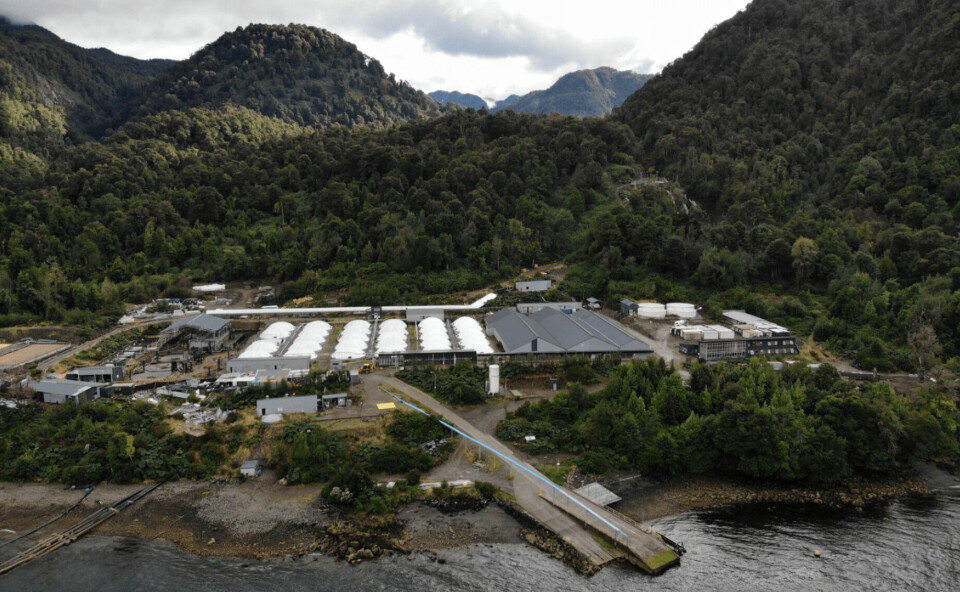
Mowi seeks to run farms on home-made hydrogen
Mowi Chile is planning to cut the carbon footprint of its salmon farms by making green hydrogen with excess power from a hydroelectric plant belonging to one of its smolt facilities.
The hydrogen will be used as a partial replacement for diesel and LPG (liquified petroleum gas) at the plant and at farms in the Aysén region. In the longer term, the use of hydrogen fuel cells should allow 100% replacement of fossil fuels.
Another benefit is that production of hydrogen – made by separating the hydrogen and oxygen in water – will generate oxygen as a by-product that can used in fish farming.
H2V roadmap
Mowi has teamed up with Núcleo Invent of the Universidad Austral de Chile (UACh) for a technical/economic feasibility study and preparation of a roadmap to carry out the development of green hydrogen – known as H2V (V is for verde, Spanish for green) - at the Fjord Aysén smolt facility (PFA).
“This is an ambitious project that seeks to introduce H2V in Mowi Chile’s salmon production process,” UACh experts Joel Pérez and Claudio Troncoso told Fish Farming Expert’s Chilean sister site Salmonexpert.cl.
“This implies reducing the current consumption of fossil fuels such as diesel and LPG for electricity generation by using an alternative fuel such as H2V that will reduce the carbon footprint associated with salmon production.”
Reduced footprint
Mowi Chile’s licensing and environment manager, Álvaro Pérez, said that if the project is successful, in the future it is intended that the energy generated at PFA will also supply the other farms that Mowi operates in the Aysen region.
“This clean and green system would allow us to significantly reduce our carbon footprint, thus contributing to meeting the goal established by our Sustainability Strategy of reducing our total greenhouse gas emissions (scopes 1, 2 and 3) by 35% for the year 2030.”
The feasibility study will take six months. If the project is deemed feasible, a pilot plant will be installed at the smolt facility. The next step is a complete project that covers all Mowi Chile operations associated with PFA.
Reverse osmosis
The water used in the electrolysis process that produces the hydrogen will be obtained by purification in a reverse osmosis plant.
Oxygen (O2) generated by the process will be stored for use by the smolt plant. “This consideration is important, since currently generator sets that consume fossil fuels are used for the production of O2,” said the UAHc experts.
The project will then supply H2V that can be used in a fuel cell or blended with the main fuel in existing generators. Fuel cell use is the long-term goal established both in Mowi’s Sustainability Strategy and by the Chilean Government.
H2V is expected to initially replace between 10% and 20% of the fossil fuels used in existing generators. That proportion will increase along with the technological development of application of H2V in internal combustion engines.
“In this sense, the support of the UACh Invent Nucleus Team is fundamental, since it is developing projects in this line that will allow its results to be applied, as progress is made in the implementation of the project,” said the team.






















































